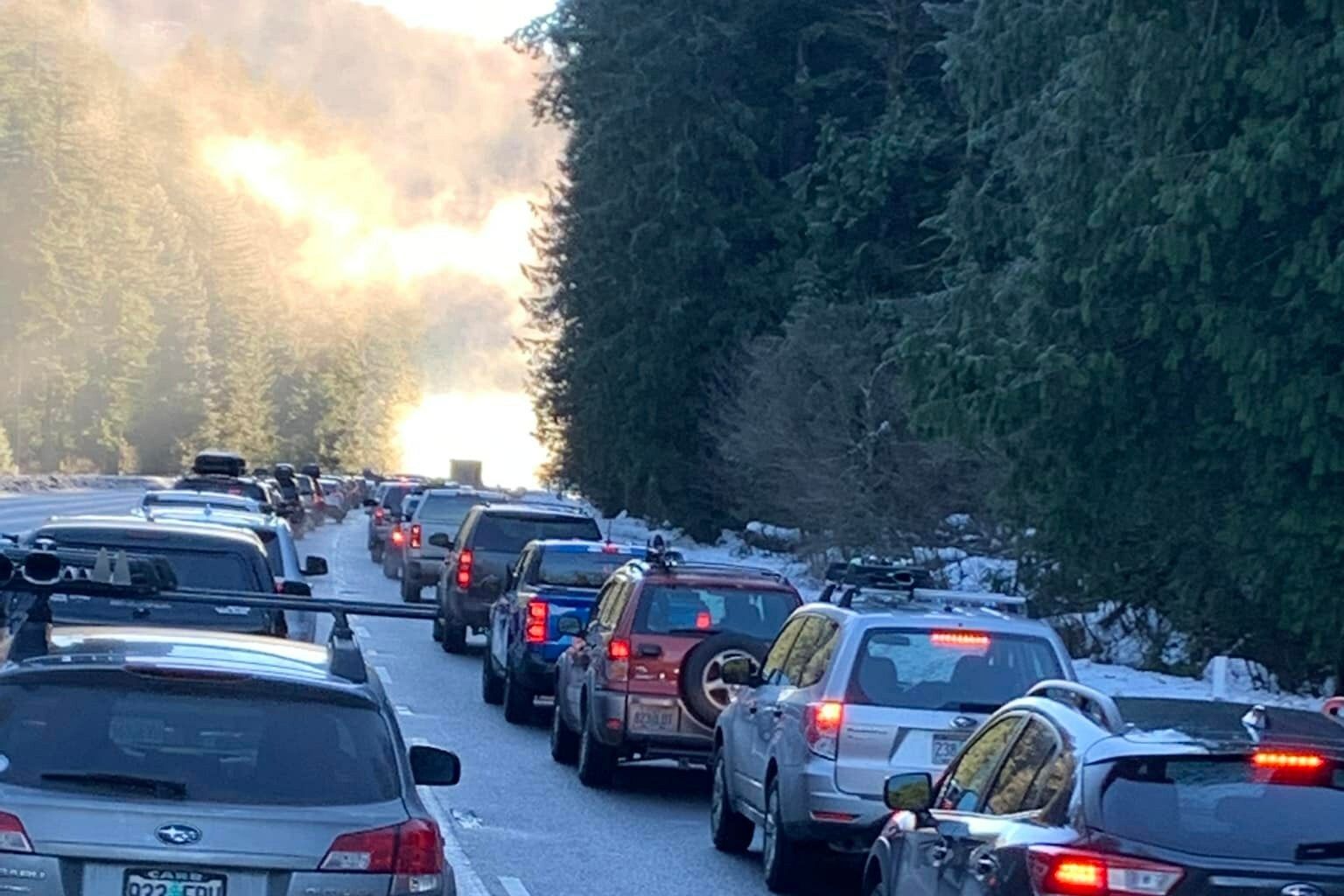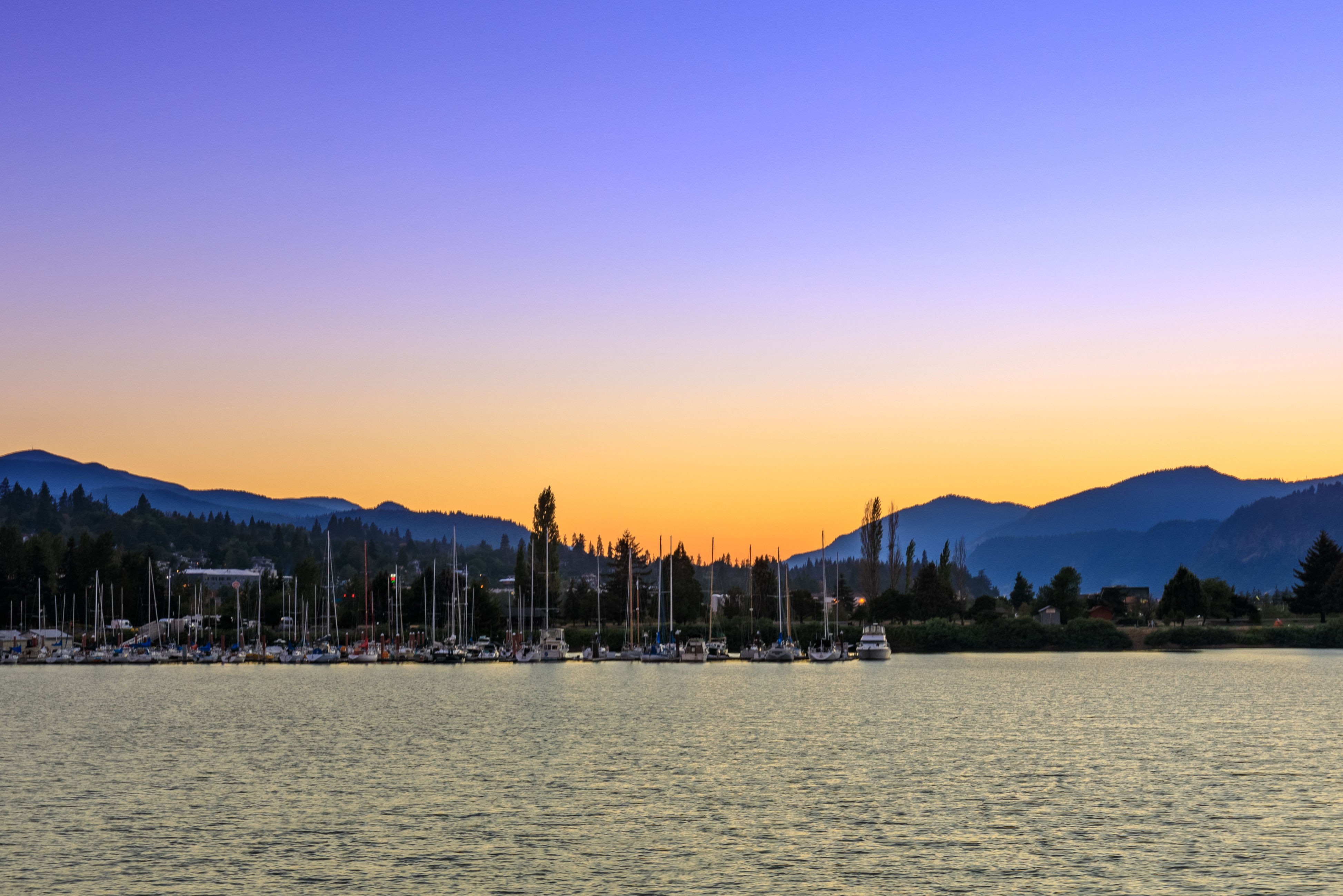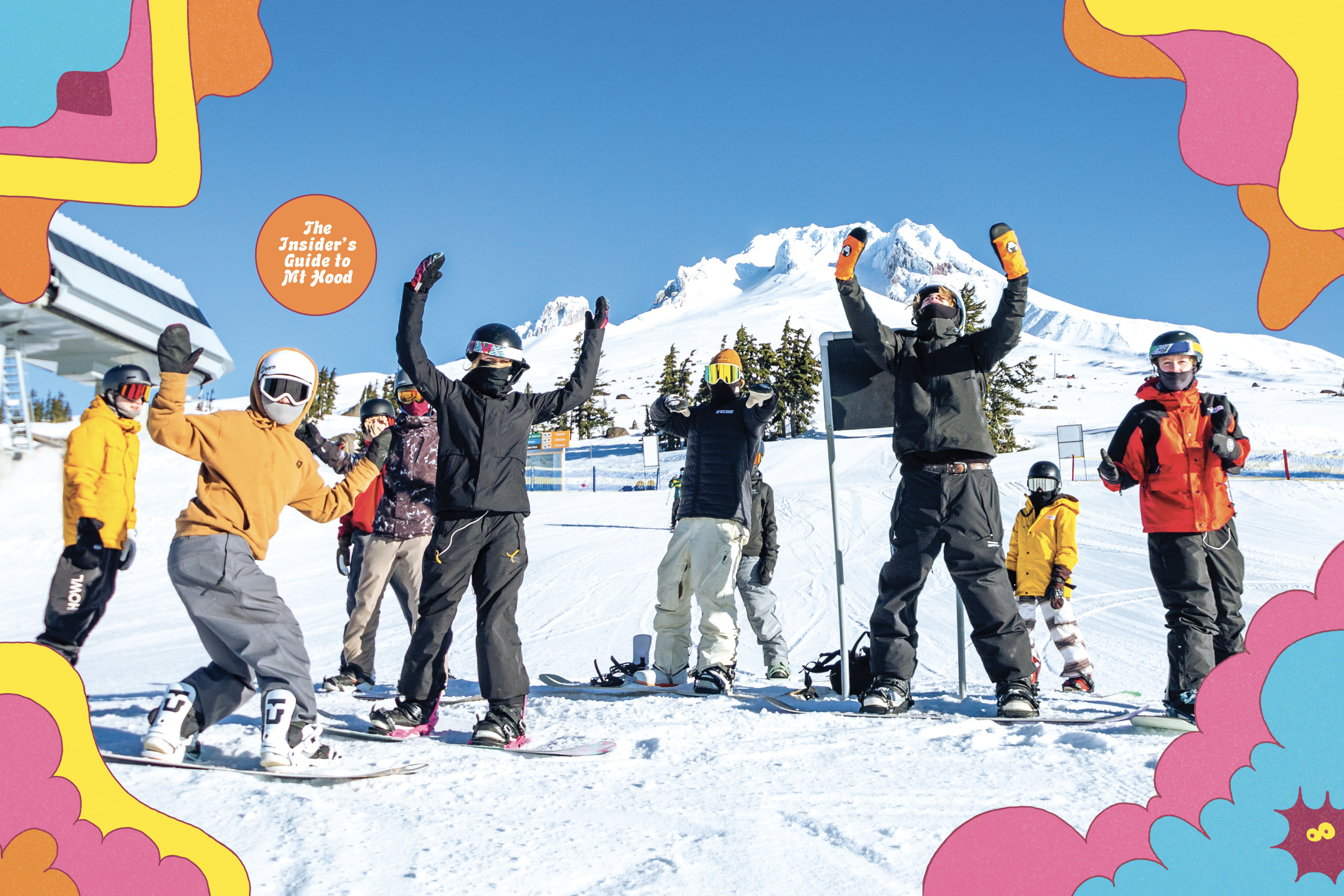
The Insider’s Guide to Mount Hood
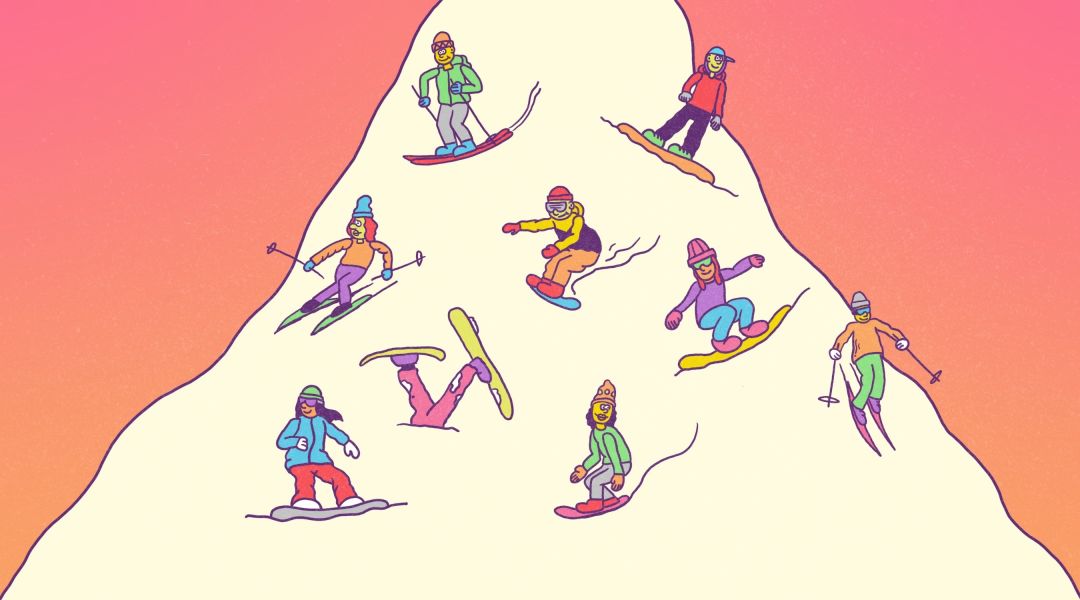
Image: Chris Koelling
For us city folk, Mount Hood is our mountain. On clear, bluebird days when it’s visible from just about anywhere in Portland, we collectively rush to the slopes (especially on weekends, and the traffic is testament) or simply gaze longingly, wanting to go to there, to borrow a phrase from Liz Lemon.
But how to make the most of your mountain time when you do arrive? For the answer, we turned to five locals who know its glaciers, basins, and trails like the back of their hands.
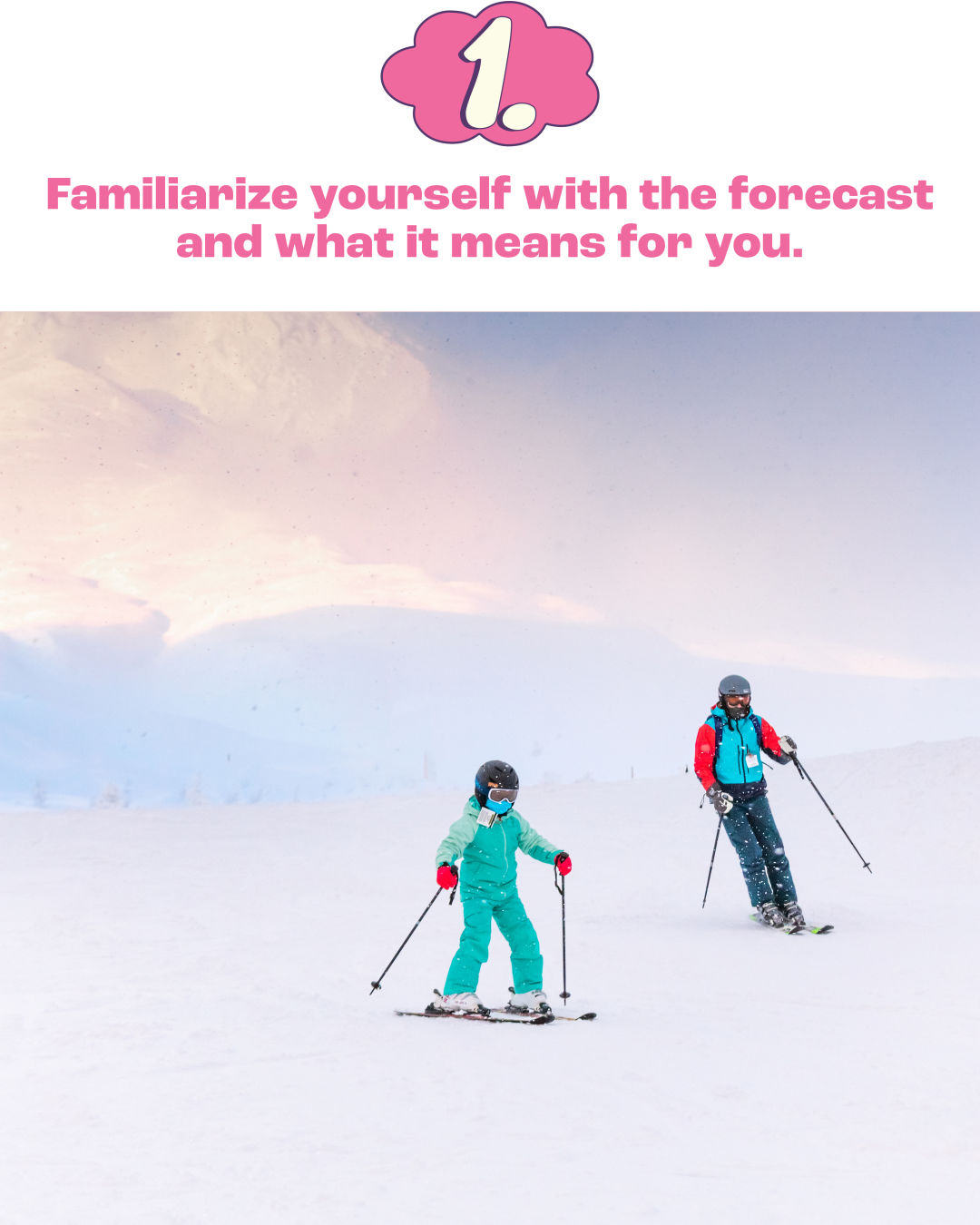
Image: Courtesy Timberline Lodge
Learning how to read the forecast goes beyond checking local news. Take it from Temira Lital, who, for the past several years, has provided curated forecasts via their essential bookmark of a website, thegorgeismygym.com.
Lital’s blog includes just about any condition an outdoor enthusiast could hope to expect—or avoid—on Mount Hood. Its origin story, though, is wind-powered and set a little farther north and closer to sea level, born from Lital and friends wondering whether it
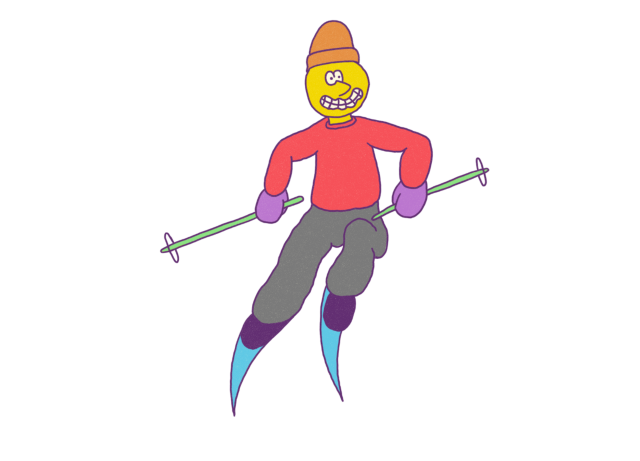
Image: Chris Koelling
would be gusty enough to windsurf or kiteboard the Columbia on sunny summer mornings. These days, they are one of the voices on the other end of Mt Hood Meadows’ snow phone.
One of the key points Lital says they keep in mind is that not everyone is looking for a ginormous powder day.
“If it’s blowing 40 miles per hour wind and dumping two inches an hour, probably someone’s not going to want to take their kid up for their first lesson,” Lital says.
If heavy powder is their thing, skiers and snowboarders should keep an eye out for strong low-pressure systems coming from the northwest, says Lital, dropping into the region from Alaska and including plenty of moisture.
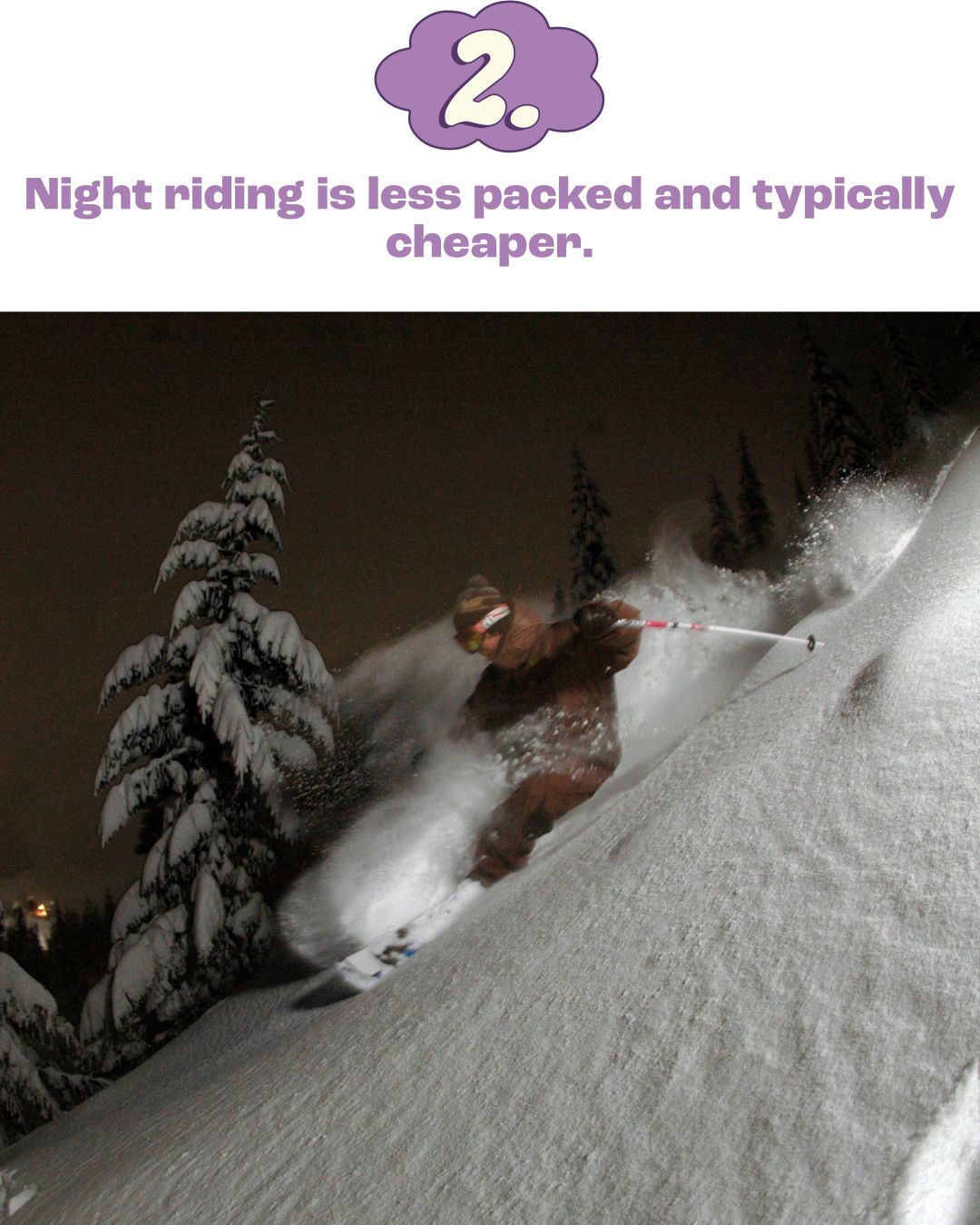
Image: Courtesy Skibowl
If you really, really want the mountain to yourself, swap out the reflective dark lenses in your ski goggles for lighter ones and head up the mountain when everyone else is done for the day.
“Absolutely night skiing is an opportunity to beat the crowds. It’s not as popular as it is on Saturday at 8 a.m.,” says Mike Quinn, general manager at Mt Hood Skibowl.
Skibowl—which claims to be the nation’s largest night ski area—operates seven nights per week, but during the day only on Saturday and Sunday. The true aficionados turn up midweek, Quinn says.
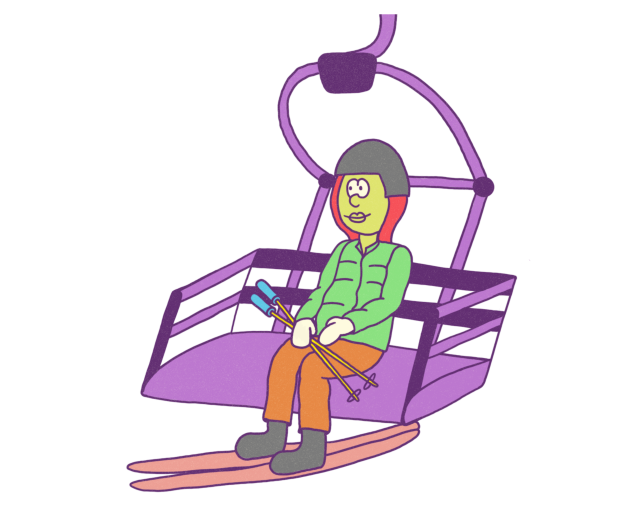
Image: Chris Koelling
“We’re closer to Portland [than Timberline or Meadows] for the drive time, and it’s easier access, especially after a day at work,” he says.
Note that more than half of Skibowl’s terrain is rated black diamond—the second-highest difficulty level for a slope. The resort opens at 3 p.m. weekdays, so you can sneak out of work just a few hours early and still catch fresh tracks.
Quinn says anyone looking to visit Ski Bowl for some night riding should purchase tickets online in advance—it’s cheaper, and you don’t want to risk driving up there and only then finding out that the resort is at capacity.
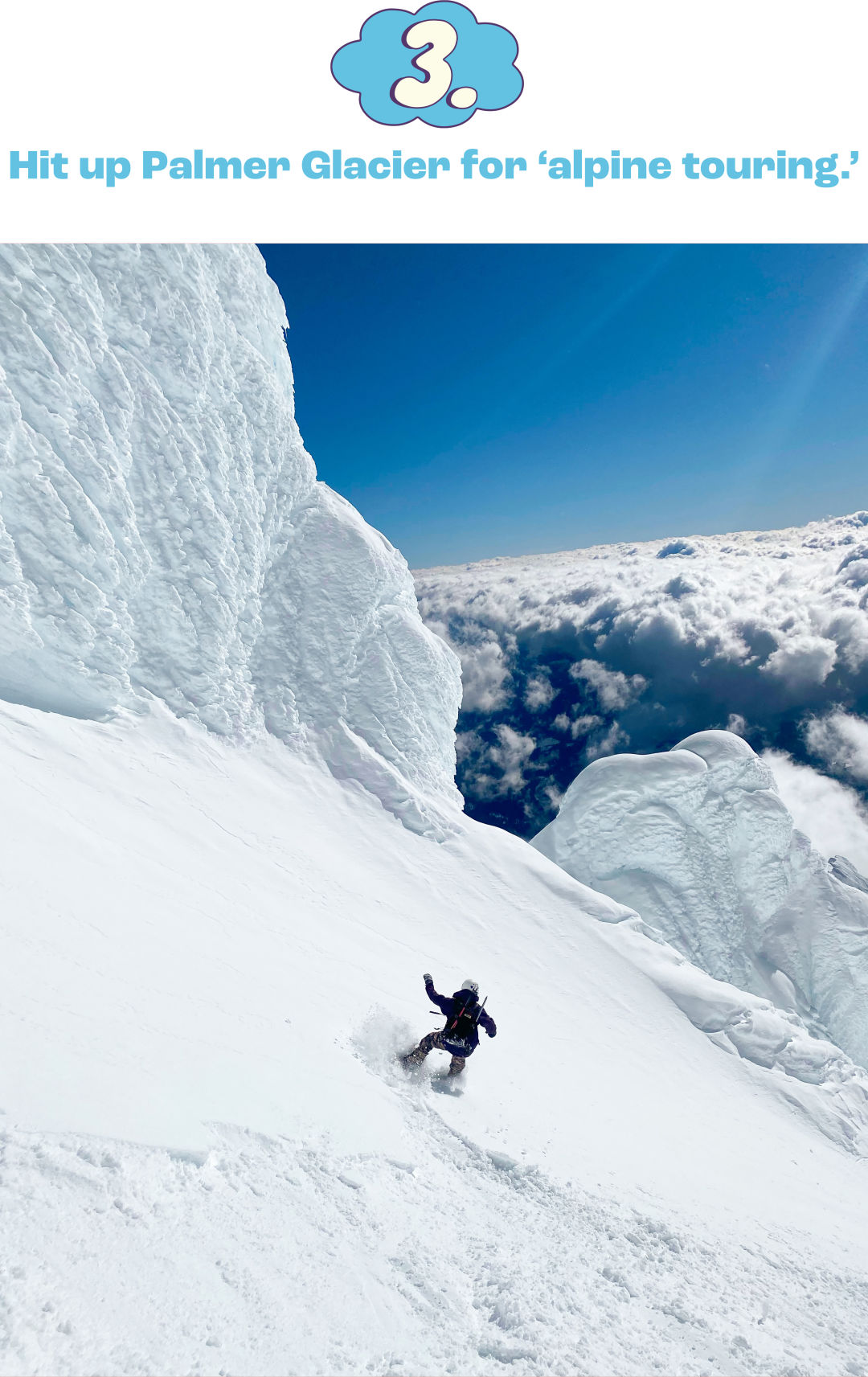
Toby Morus drops in on Palmer Glacier.
Image: Toby Morus
Looking for more of a challenge than groomers at the big resorts? Try dabbling in some alpine touring—bypassing the chairlifts and heading up the mountain on your own steam. Grab a set of skins for your skis or splitboard (a type of snowboard that can split into two and become skis) and hike up to Timberline’s Silcox Hut. Using a pair of snowshoes and strapping your skis/board to your back also works.
Toby Morus, 31, was born and raised in Hood River, and has skied Mount Hood since he was 7 years old. He’s currently working toward a personal goal to summit all the peaks in the Cascade Range.
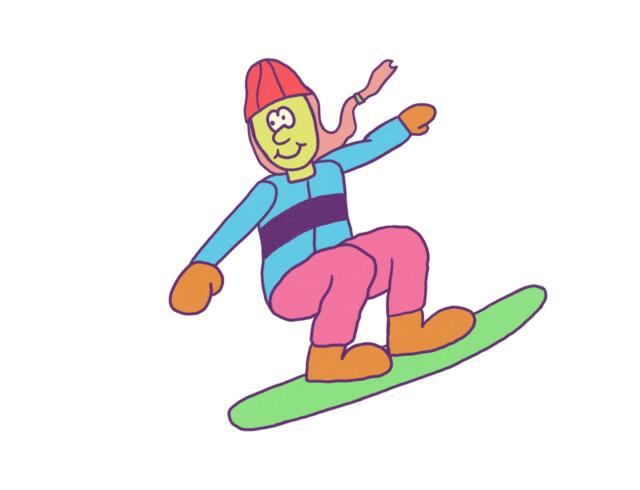
Image: Chris Koelling
Morus says the one-mile, 1,000-foot climb from Timberline Lodge to Silcox Hut is a good way to test whether alpine touring is a good fit without putting yourself in significant danger of getting lost or hurt.
Already conquered the climb to Silcox? Try making it up to the top of the Palmer Glacier, another 1,540 feet above the hut. If you get tired or uncomfortable, simply remove your skins or put your splitboard back together and ride back to the Timberline parking lot.
“I’ll happily hike for a couple hours and get one run, as opposed to resort runs where it just skis out so fast,” Morus says. “You’re going to put in work, but you’re also going to get a huge reward.”
Those who stick to the glacier’s left (that’s the skier’s left when facing downhill) will find great ravines for fresh tracks, Morus adds, but don’t go too far south into the White River Canyon and miss the parking lot. The hike back up is brutal.
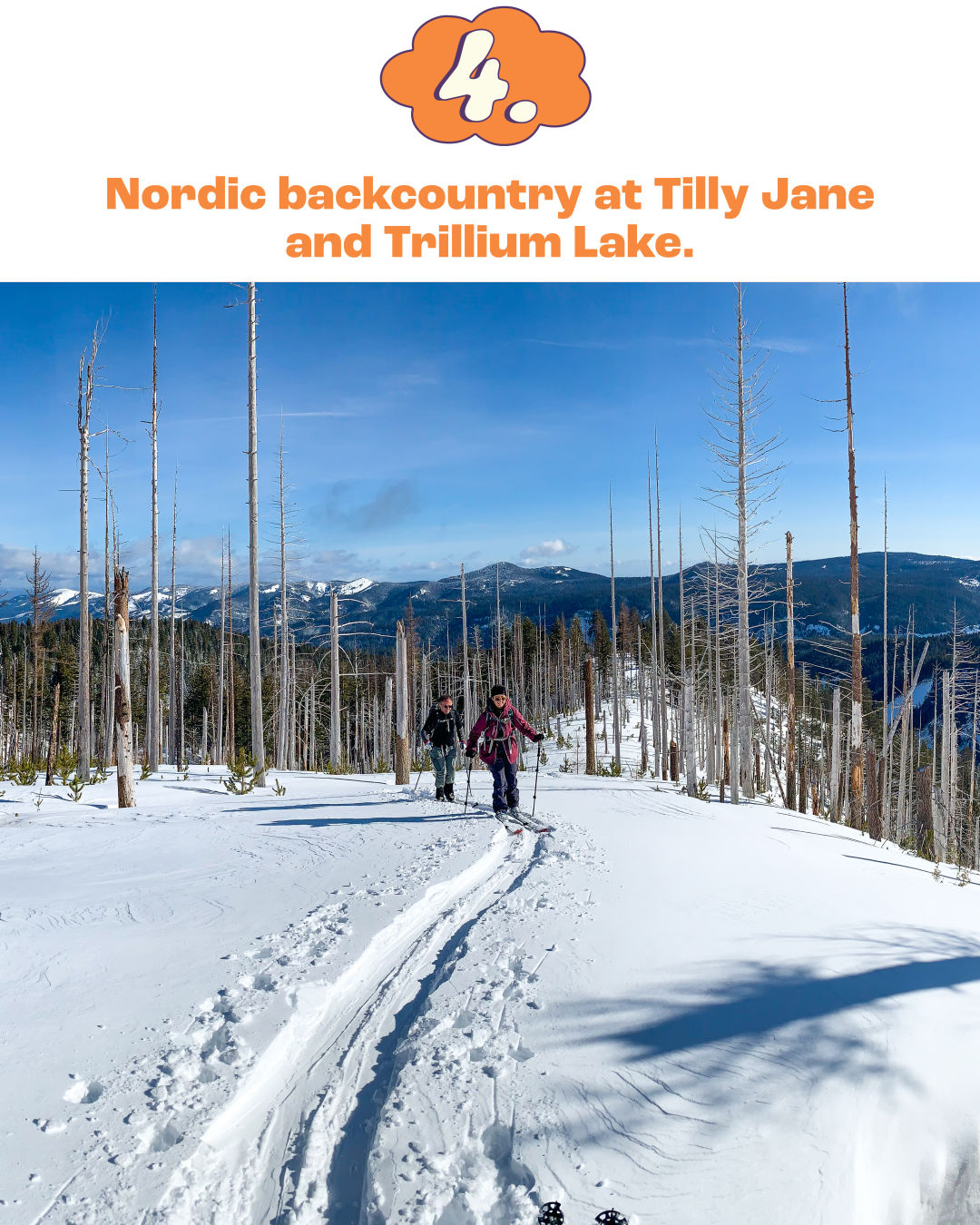
Image: Jeff Hawkins
Nordic skiers looking for a reprieve from the hustle and bustle of tracks at the very popular Teacup Lake should check out cross-country trails at both Tilly Jane on the mountain’s northeast side and around Trillium Lake.
Jeff Hawkins, Nordic ski instructor at Mazamas, a nonprofit mountaineering education association based in Portland, says these two locations provide a sense of
being in the wilderness without needing to do too much navigating.
At Trillium, start at the sno-park off of Highway 26 and make your way down to the lake using the service road. Then decide which way you’re going to take the loop—or, if the lake is frozen, ski directly across it toward the dam.
Coming back up from the lake toward the peak, keep an eye out for a series of small meadows. If you bear right toward the end of those meadows and through a small grouping of trees, you’ll pop out onto the old Trillium Lake airstrip.

Image: Chris Koelling
At Tilly Jane, begin at the sno-park on Cloud Cap Road just below the Cooper Spur Ski Area. Hawkins says there are a few ways to ascend: via Cloud Cap Road, the Polallie Ridge Trail, or the Tilly Jane Trail (and then cutting across the top of the ski area to the Polallie Ridge).
Hawkins says there are several flat, meadowed areas for Nordic backcountry skiers to play around in and find routes—if you have the endurance—up to the historic Cloud Cap Inn and Tilly Jane A-Frame.
“When you’re out there, you’ve got this view out over the Hood River Valley and the view of the north face of the mountain,” he says. “I take classes there almost every year and people just sit in amazement looking up at the mountain.”
Hawkins advises against taking the Tilly Jane Trail back down to the sno-park, as it can get icy, fast, and is narrow toward the bottom. It also gets chunked up by alpine tourers
using larger skis or splitboards.
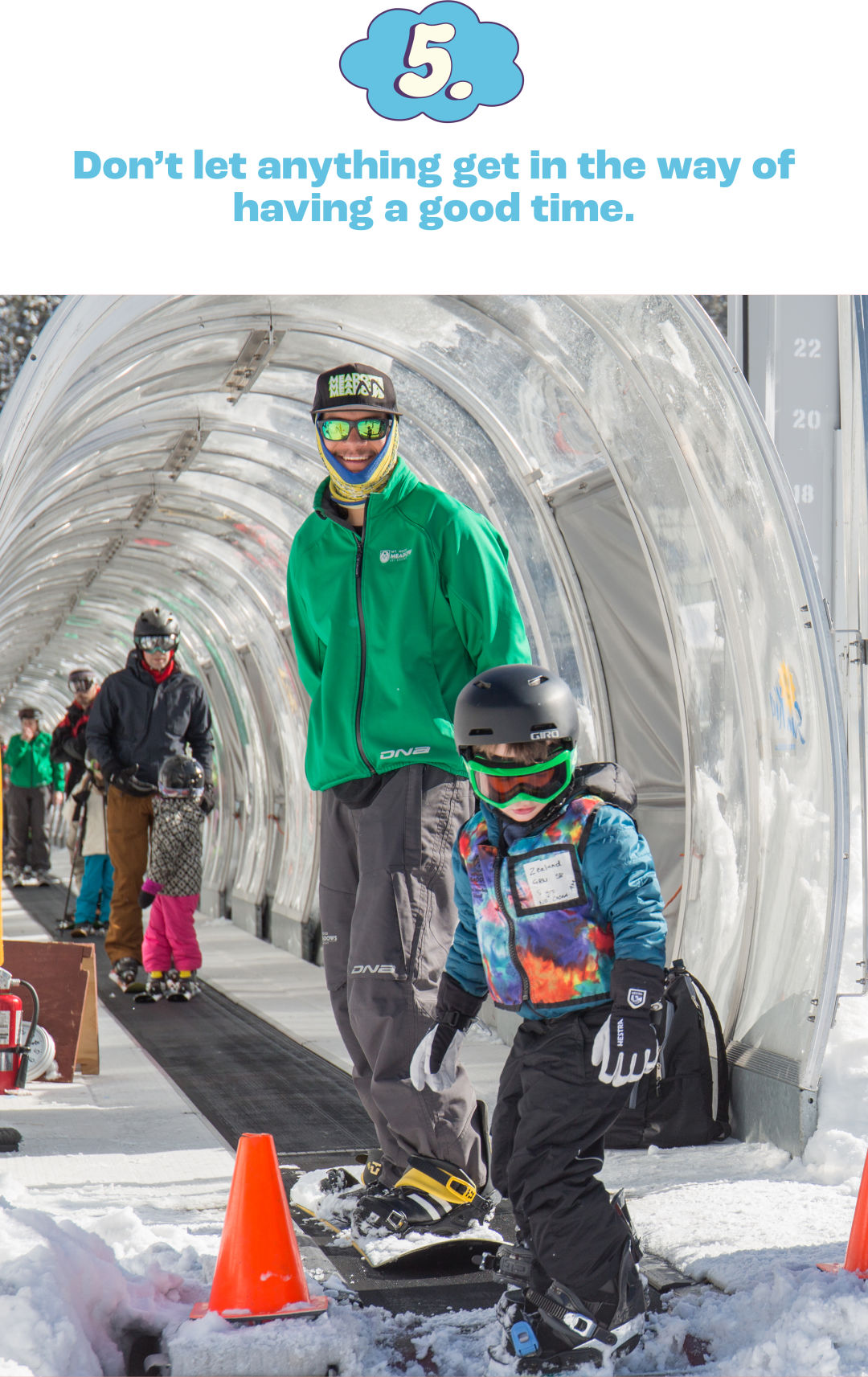
Take a ride on the magic carpet at Mt Hood Meadows.
Image: Courtesy Mount Hood Meadows
Karen lasher is known by the skiers and boarders who crowd the Mt Hood Express chairlift—the quickest way to the top of the mountain from the main lodge at Meadows, and where you’re most likely to encounter long lines—as Karen, the Dancing Lifty.
She’s found that playing music and dancing keeps the line moving in an orderly fashion. (The Grateful Dead is high on her playlist.)
Lasher’s advice to mountain visitors? Don’t let the annoying stuff get in the way of having an awesome day.
“Waiting in line isn’t naturally fun,” she says, “but you can make it fun.”

